120 videos match your search.
 |
Todd Gayley and Bob Sandheinrich The Wolfram Paclet Repository is here! See a preview of the upcoming new system for publishing and distributing paclets to Wolfram Language users everywhere. Learn what paclets are and how ... |
 |
Alec Shedelbower Learn how to achieve more realistic graphics with physically based rendering (PBR) in the Wolfram Language. PBR is an approach to rendering that attempts to model the behavior of light ... |
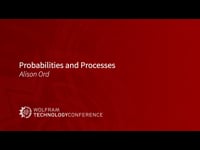 |
Alison Ord We continue the search for the mathematics most supportive of prediction within geology, including self-similar fragmentation and competitive growth processes, the physical foundations for grain-size distributions, and other ways to ... |
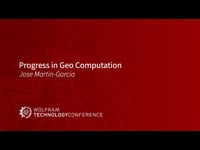 |
Jose Martin-Garcia |
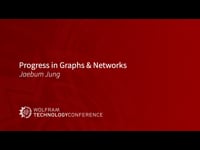 |
Jaebum Jung |
 |
John Cassel This talk gives a view into the ongoing stream of development aimed at improving how the Wolfram system handles biometric data. Topics include released functionality and work in development. |
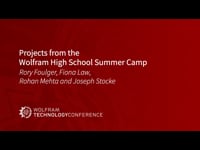 |
Rory Foulger, Fiona Law, Rohan Mehta and Joseph Stocke |
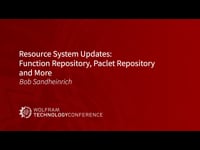 |
Bob Sandheinrich Find out how to both use and contribute Wolfram Resource System content---now including paclets! Demonstrations include navigating the Resource System website, integrating related resource functions into your code and other ... |
 |
Soumya Mahapatra and Jayanta Phadikar This talk discusses various tips and tricks for using Wolfram Language to create fast and responsive custom user interfaces. |
 |
Daniel Sanchez and Stefano Sosa Software engineering meets computer archaeology in this project where we aim to preserve computational systems and architectures, spanning from the end of the 1950s to the beginning of the 1980s, ... |
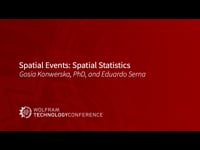 |
Gosia Konwerska, PhD, and Eduardo Serna Spatial point patterns are collections of randomly positioned events in space. Examples include trees in a forest, positions of stars, earthquakes, crime locations, animal sightings, etc. Spatial point data analysis, ... |
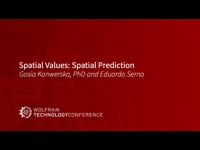 |
Gosia Konwerska, PhD, and Eduardo Serna Spatial datasets consisting of a set of measured values at specific locations are becoming increasingly important. Examples include temperature, elevation, concentration of minerals, etc. We will preview upcoming Wolfram Language ... |
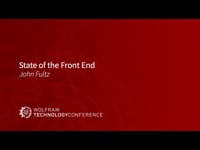 |
John Fultz |
 |
Maik Meusel This talk discusses the main challenges for educators in creating meaningful e-assessments and how to tackle these challenges using Wolfram Language. Based on concrete examples, we illustrate how open-ended and ... |
 |
Dariia Porechna Cryptography is fascinating because of the close ties it forges between theory and practice. It makes use of bitwise computations, advanced algebra, string operations and everything in between. Explaining cryptography ... |
 |
Youngjoo Chung This presentation shows an add-on package that facilitates symbolic computation in Mathematica for tensor analysis. This add-on, MathSymbolica, contains over 1,000 functions and its own interpreter language for notation, manipulation and ... |
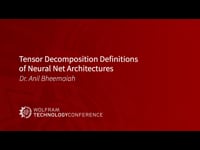 |
Dr. Anil Bheemaiah This paper describes complexity theory of neural networks, defined by tensor decompositions, with a review of simplification of the tensor decomposition for simpler neural network architectures. The concept of Z-completeness for a network N is defined in the existence of a tensor decomposition ... |
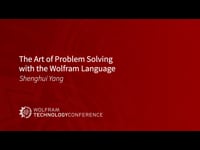 |
Shenghui Yang This talk continues a previous discussion of solving more complex problems in every major branch of mathematics using Wolfram Language, including how Wolfram Languae can help with understanding the fundamentals and applying generalizations with very limited amounts of code based on built-in functions and the community-driven Wolfram Function Repository. Mathematica users can easily go beyond the problem itself ... |
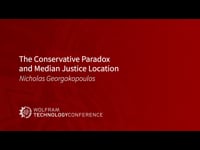 |
Nicholas Georgakopoulos This talk demonstrates how Mathematica establishes the existence of an unexpected phenomenon in a dataset; combines this dataset with a different one; explores alternative ways that 5-member coalitions may form ... |
 |
Rodrigo Obando This talk presents a model of cellular automata that includes the ability to examine genetics and a particular gene's effect on a rule or set of rules. |